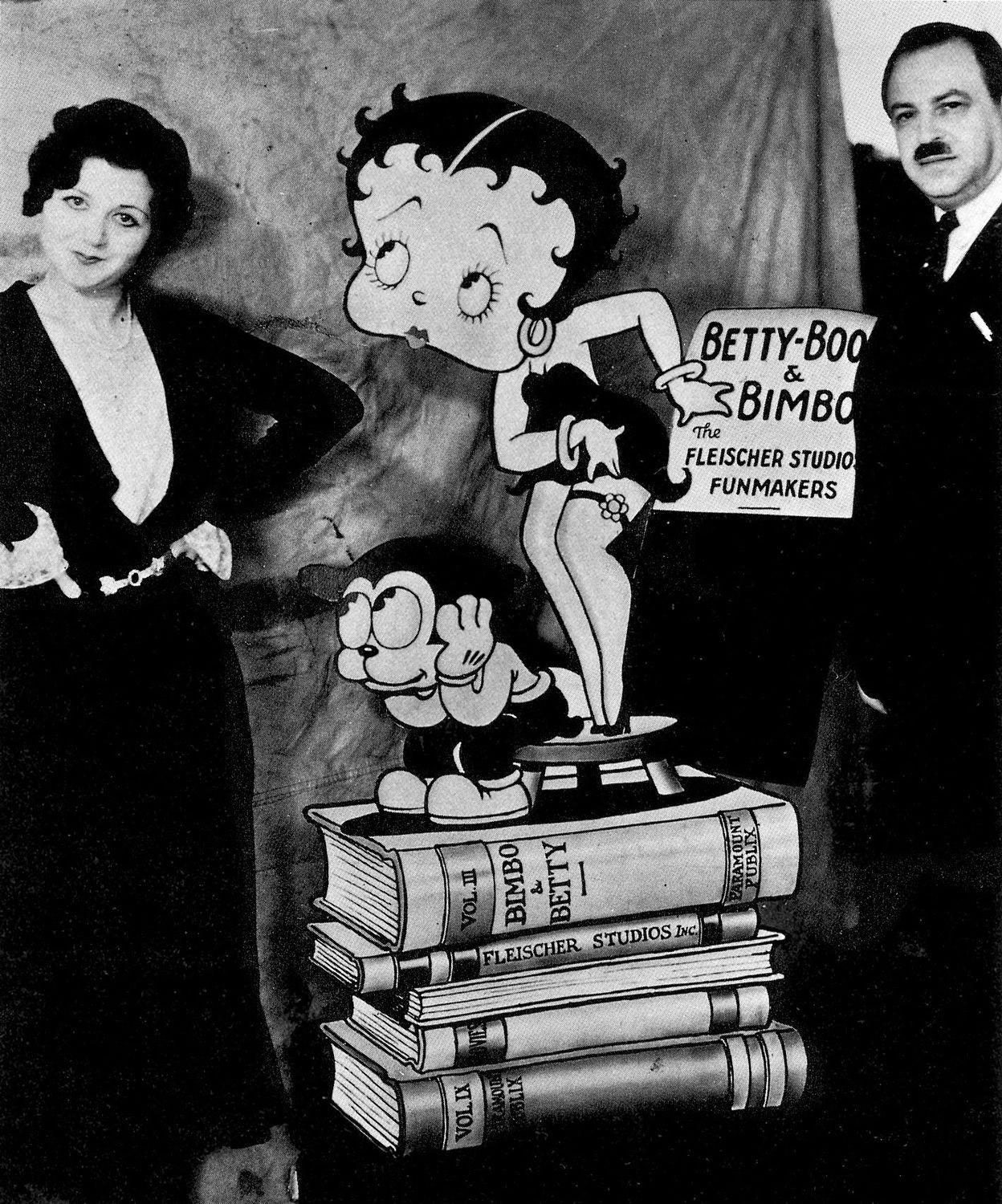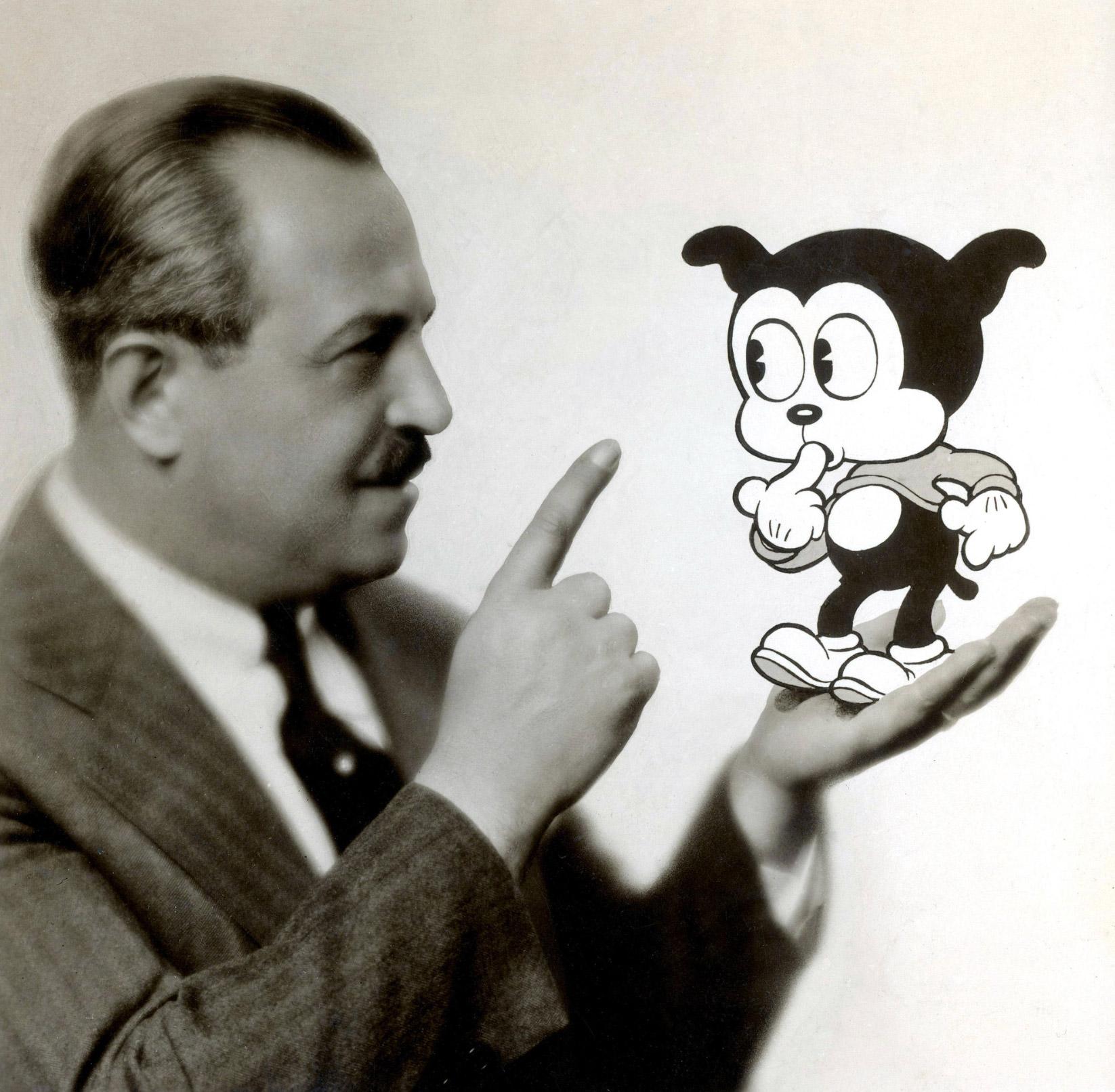Monday, June 30th 2025
Just like Walt gave us Mickey, Max & Dave Fleischer gave us Betty Boop and Ko-Ko the Clown. Unknown for some and celebrated by others, the Fleischer brothers created a remarkable animated legacy and that can’t be denied. During the 1930s, they presented a more alternative animation proposal to juxtaposition Disney’s wholesomeness, as their cartoons were more “gritty, rubbery, often risque” as stated by the LA Times. And the MoMA in NYC recently holded an exhibit that celebrates Fleischer’s cartoons and their legacy.
"For Max and Dave, the story was just a vehicel for them to showcase "Animated Insanity""
Their journey experimenting with animation started in 1915 when they invented the rotoscope, “a device that enabled an animator to trace live-action footage frame by frame”, which led them to argue over who originated the idea, but Max Fleischer got the patent two years later. They premiered their first short, ‘Out of the Inkwell’, in 1919 and a year later they formed their own animation studio. They weren’t the first ones to combine live action with animation but they certainly did it in a clever way. ‘Ko-Ko’s Earth Control’ (1928) for example, combines live action, drawn animation and cut-outs.


The most beloved and enduring character from the Fleischer brothers made her debut as a cabaret singer in ‘Dizzy Dishes’ (1930). Dave Fleischer handed Helen Kane’s ‘Boop-Boop-A-Boop’ to animator Grim Natwick, who was asked to design a character to perform said song based on the music sheet and nothing else. The result: “Natwick drew a modified French poodle’s head on a curvaceous girl’s body and gave her a hair-do modeled after Kane’s spit curls. The original design was rather clumsy, but Natwick refined the character over the next year, making her completely human. Her floppy ears became hoop earrings and her black nose was reduced to a tiny button”. The rest is animation history, as Betty Boop became the first female animated character, whose sex appeal was a recurring theme in her cartoons – we’re talking about the 1930s after all. In 1934, Kane sued the Fleischers and Paramount for US$250.000, claiming that “they had limited her earning power by usurping her singing style with Betty Boop”.
While the Fleischer brothers had their own approach to animation, the comparison between them and Disney followed them throughout their careers. Disney used visual elements to advance the stories presented, for Max and Dave, the story was just a vehicle for them to showcase “animated insanity”. While Walt trained his animators to use a “lush three-dimensional style that approximated real life”, the Fleischer animators went for an “older, looser style known as rubber-hose animation”, which ultimately became their signature. The rivalry between the studios only grew after the success of Disney’s Snow White feature film in 1937 (the first animated feature film), which led the brothers to pursue making animated films as well instead of just animated shorts, producing ‘Gulliver’s Travel’ (1939) and ‘Mr. Bug Goes to Town’ (1941). Both films lacked quality in terms of animation and storytelling, so that explains why both were only mildly successful in the box office.
Despite this they kept going and between films, they also produced a successful animated series for ‘Superman’ (1941), using Technicolor and having a US$50.000 budget – their highest for a theatrical short. They managed to get an Academy Award nomination for ‘Superman’ but this didn’t save them from declaring bankruptcy, and their studio was later acquired by Paramount to pay for the loans they never paid the studio. A bittersweet end for a remarkable team that created animation pieces that are studied and appreciated to this day.
All images attached to this article are not property of Lorem Ipsum and were crafted by the artists mentioned above.














